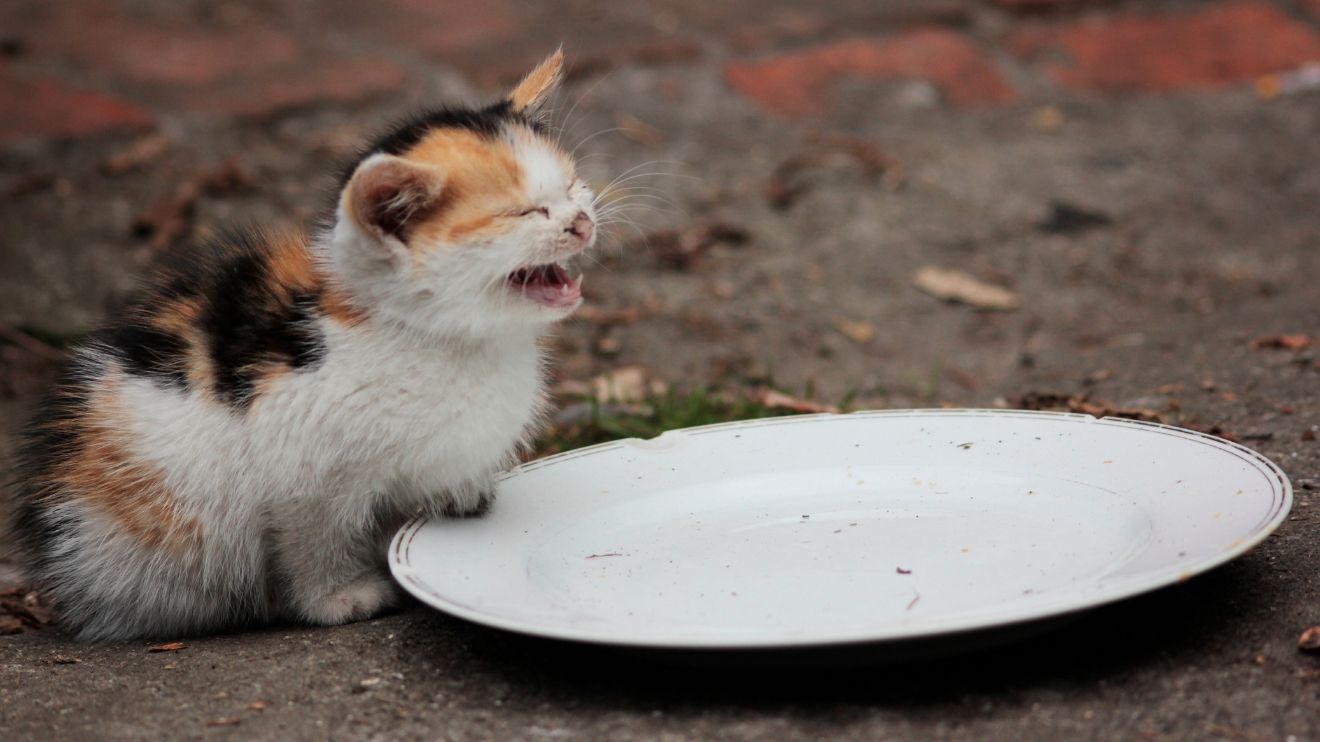Cincinnati, OH – Researchers with the Cincinnati Zoo have developed a way to sterilize cats without putting them through surgery. A news release outlines details of the ground-breaking study which has huge implications for controlling the overpopulation of cats.
The study, funded by The Joanie Bernard Foundation and The Michelson Found Animals Foundation, demonstrates how Anti-Mullerian Hormone (AMH) gene therapy can effectively sterilize female cats, reducing the need to put them under anesthesia for spay surgeries.
Senior author and CREW’s Director of Animal Research, Dr. Bill Swanson (DVM, PhD) commented on the limitations of traditional spay surgeries to control feline populations:
“The trap, neuter [spay], return model is difficult to achieve on a large scale because surgery requires general anesthesia, an adequately equipped surgical facility, and more veterinarians than are currently available,”
The study included six female cats at the Conservation and Research of Endangered Wildlife (CREW) who were treated with AMH gene therapy and three untreated female cats who served as controls. One injection of the treatment caused the cats’ muscle cells to produce AMH and raised the overall level of the hormone by approximately 100 times the normal amount produced by the ovaries.
Two-month breeding trials were performed one and two years after the treatment. Dr. Lindsey Vansandt (DVM, PhD), the lead author on the paper and CREW director of the Imperiled Cat Signature Project, said:
“Evidence for the effectiveness of this treatment is strong. All of the control (non-treated) cats produced kittens, but none of the cats treated with the gene therapy became pregnant.”
The cats who were treated were tested and monitored for more than three years and there were no adverse effects observed, indicating that the gene therapy was “safe and well tolerated.”
Gary K. Michelson (MD), founder and co-chair of the Michelson Found Animals Foundation, which helped fund the study, commented on the gene therapy’s potential impact:
“A non-surgical sterilant for community and companion animals is long overdue and will transform animal welfare. This breakthrough discovery is a major milestone in our quest to provide pet owners with an alternative to surgical spay and neuter.”
All of the cats involved in the study were made available for adoption at the conclusion of the research, with many of them finding homes with zoo staff and volunteers. Dr. Swanson adopted three, stating:
“We are cat lovers, which is one of the reasons we’re excited about what this new technology can do to improve the lives of domestic cats,”
Read more about this breakthrough research here.
Continue reading: Adorable dog hops shelter wall to get to friend





